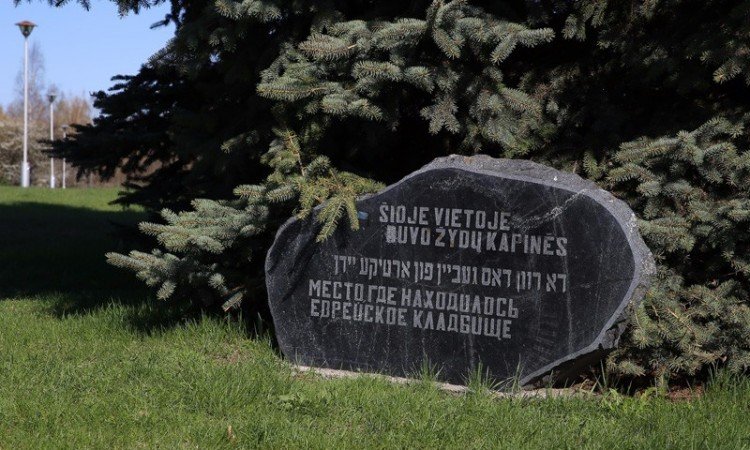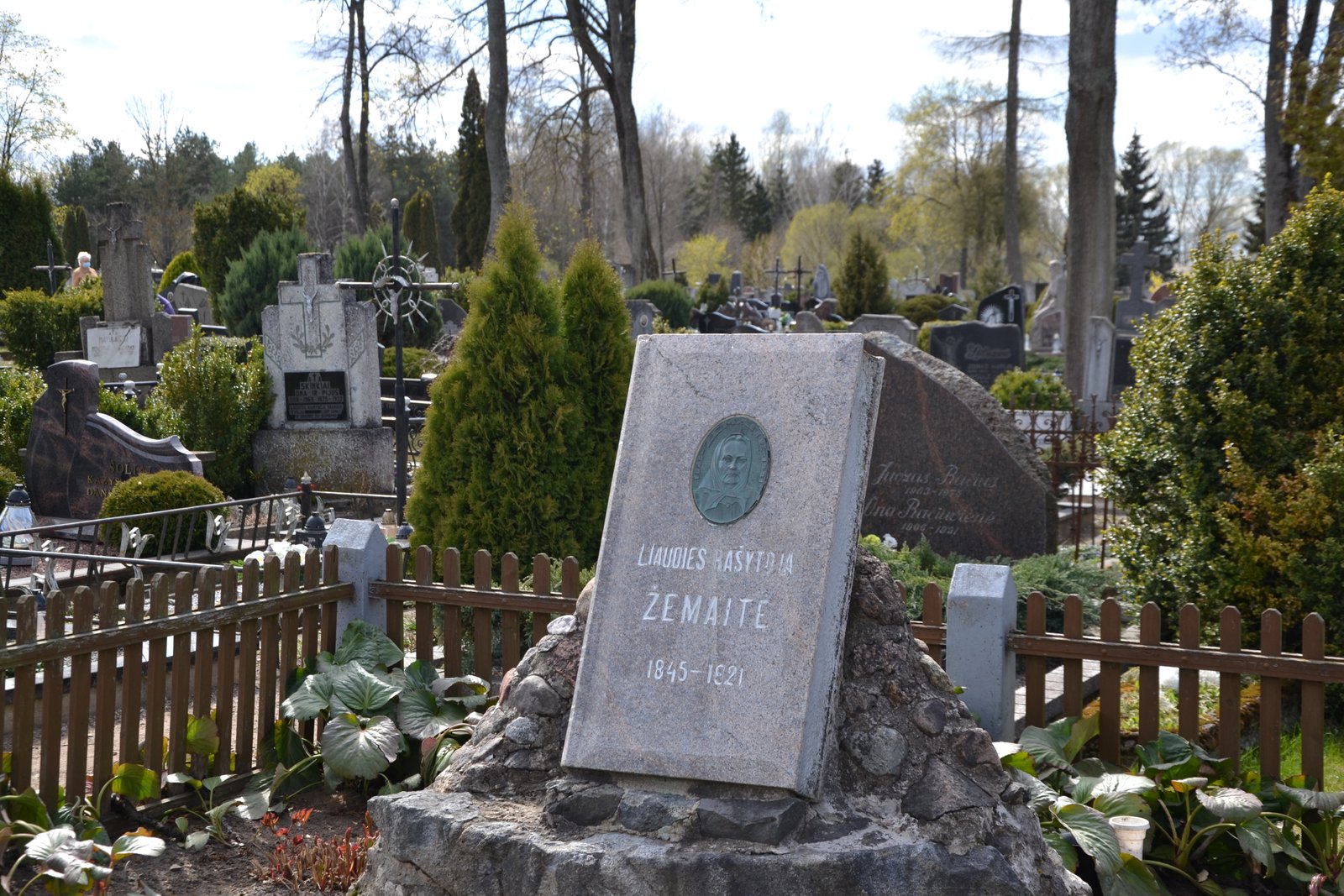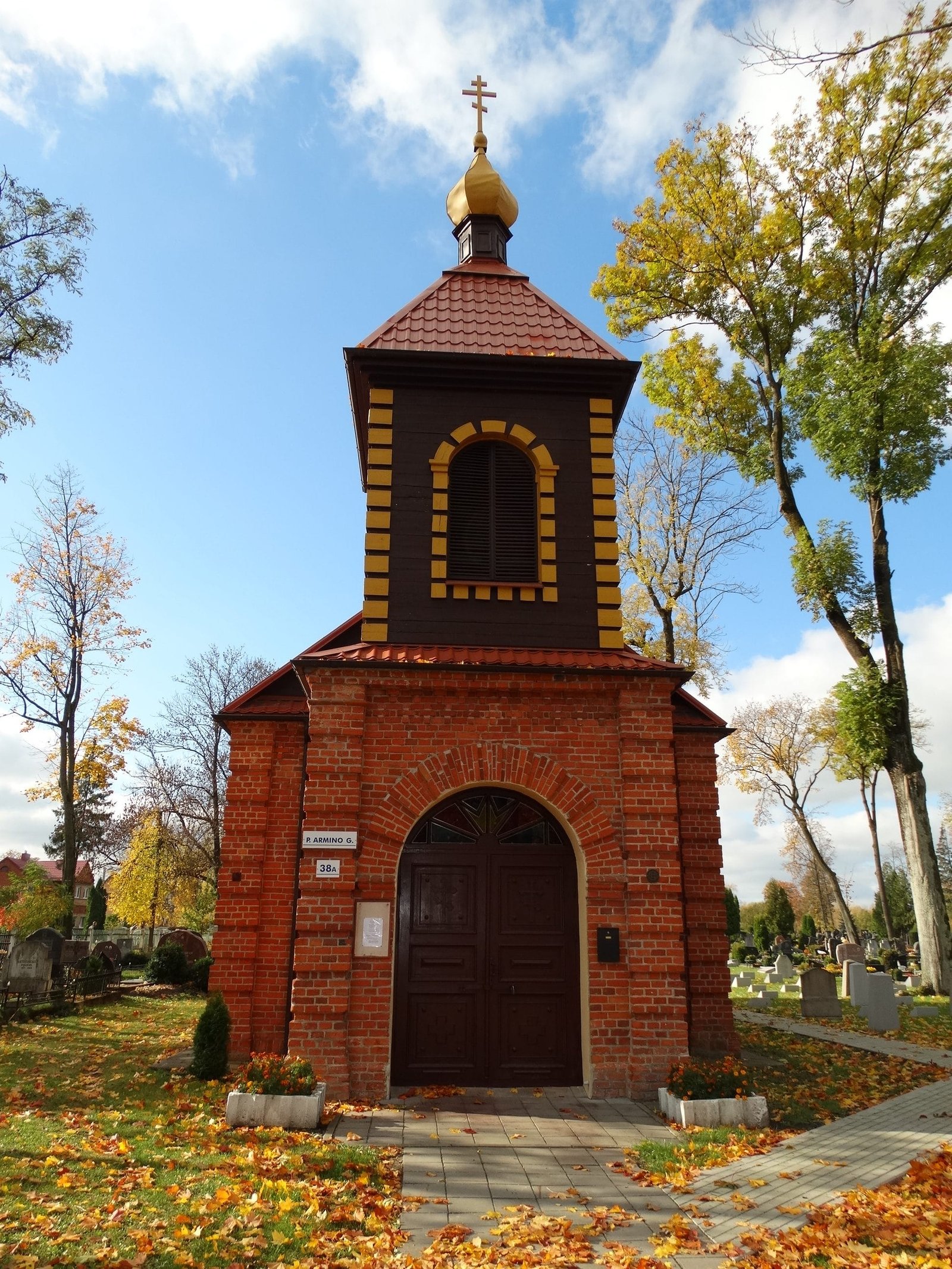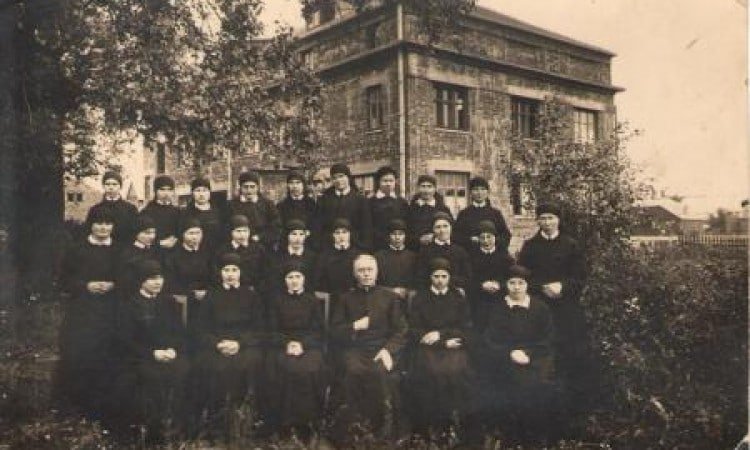Mass murder of Jews and tomb
When the war between Germany and the Soviet Union began in 1941, the first 32 Jews of Marijampolė were killed in Marijampolė on July 7, and on July 18, another 53 were killed. That was just the beginning. On September 1, 1941, more than six thousand people were killed in the barracks shooting range, including almost all Marijampopolė Jews. The massacre was carried out by the "flying squad" of Joachim Hammann, which was based on the Lithuanian National Labour Protection Battalion, or rather, the 3rd Staple. In Marijampolė, the massacre of Jews took place in the territory of the city, so the whole Marijampolė heard gunshots and screams of victims. Part of our city was buried here.










